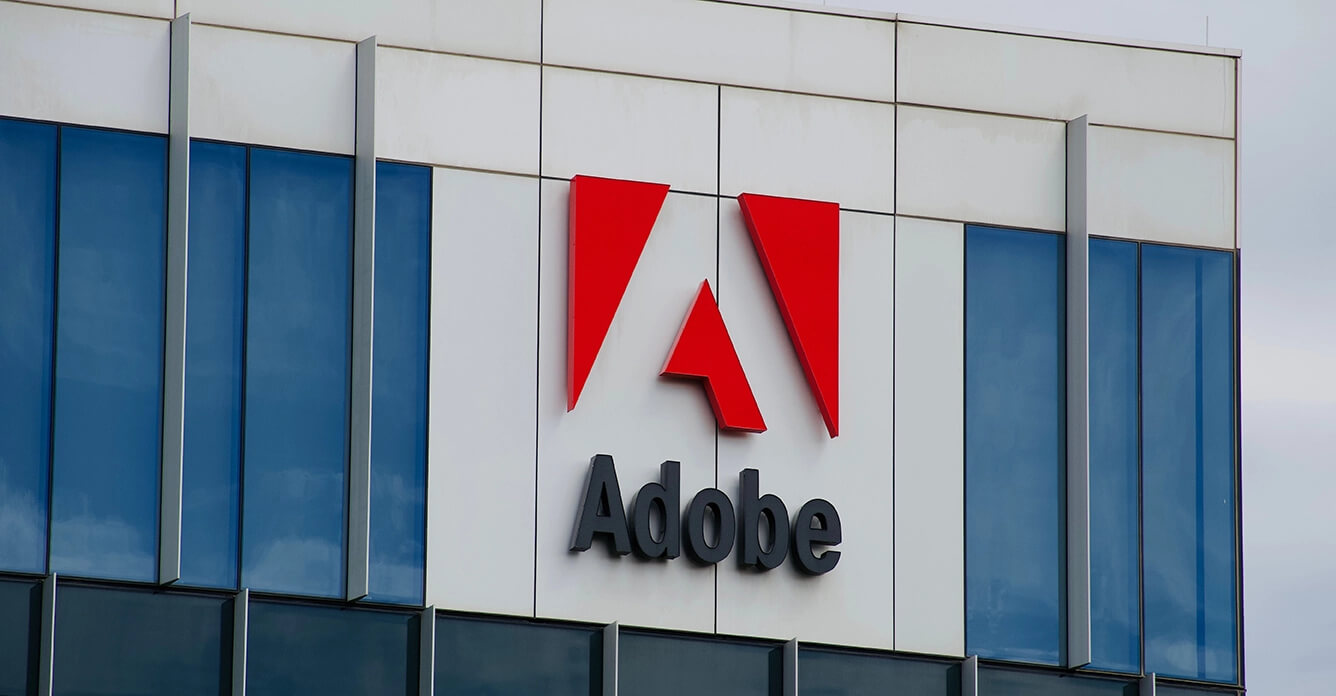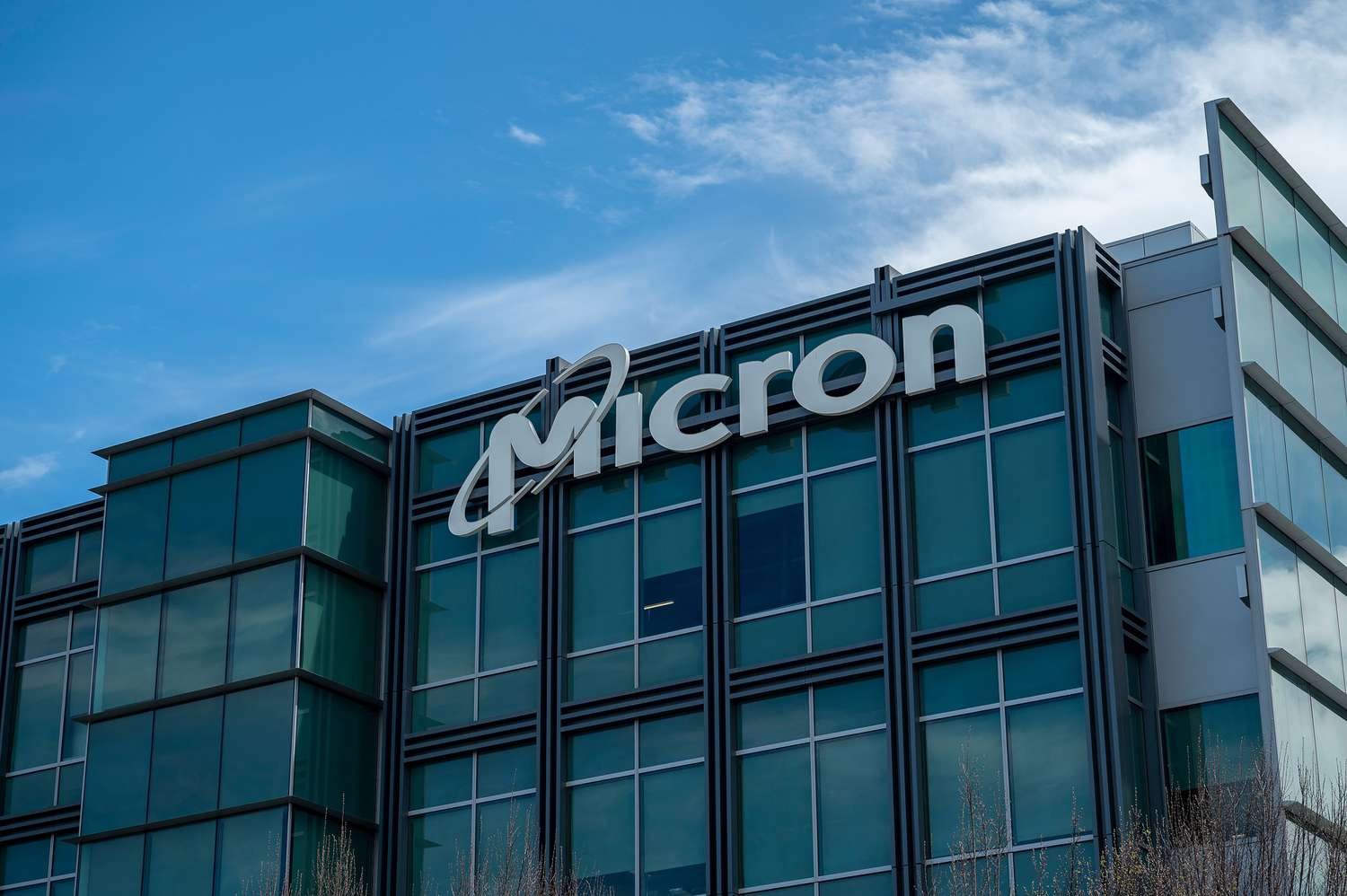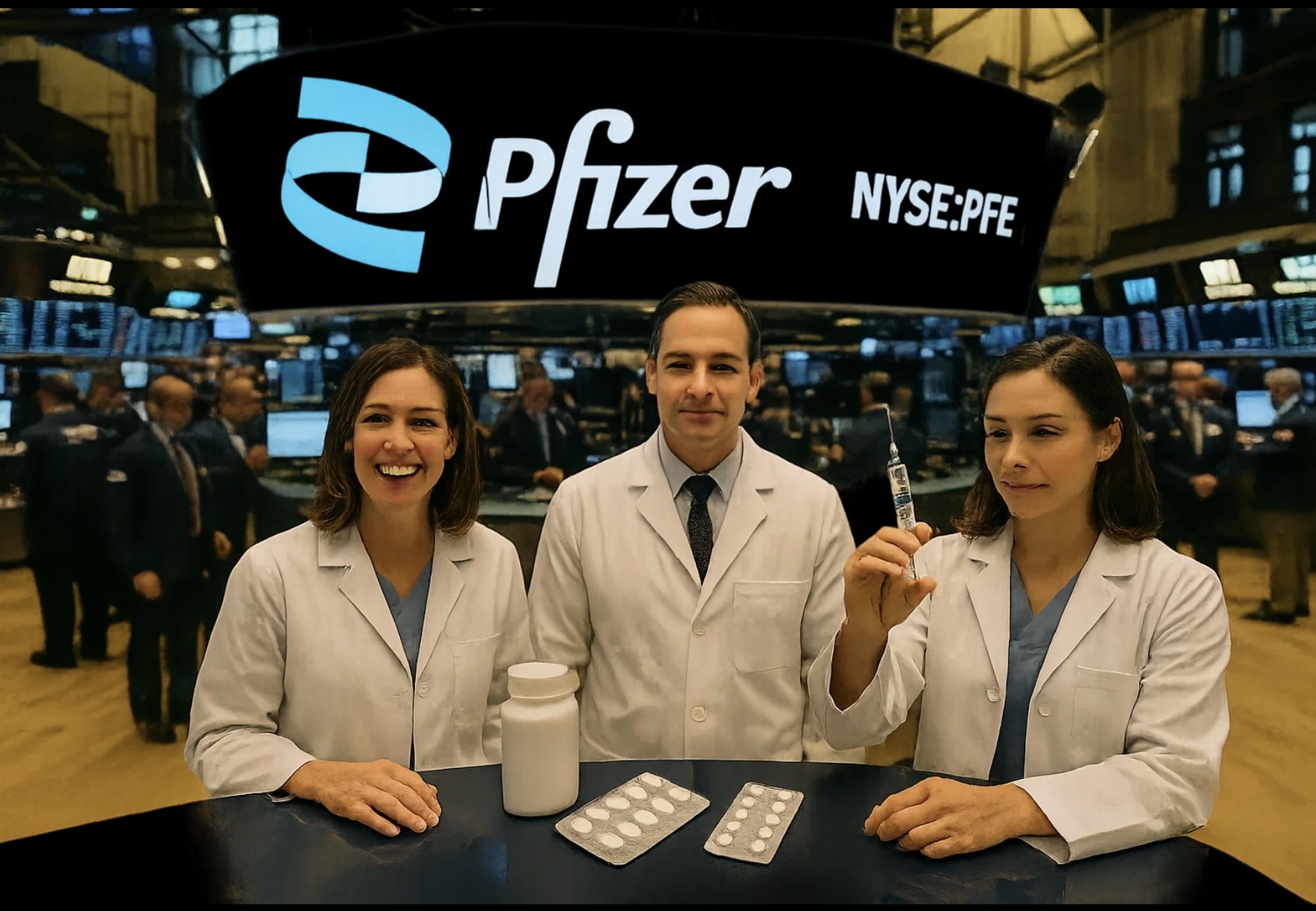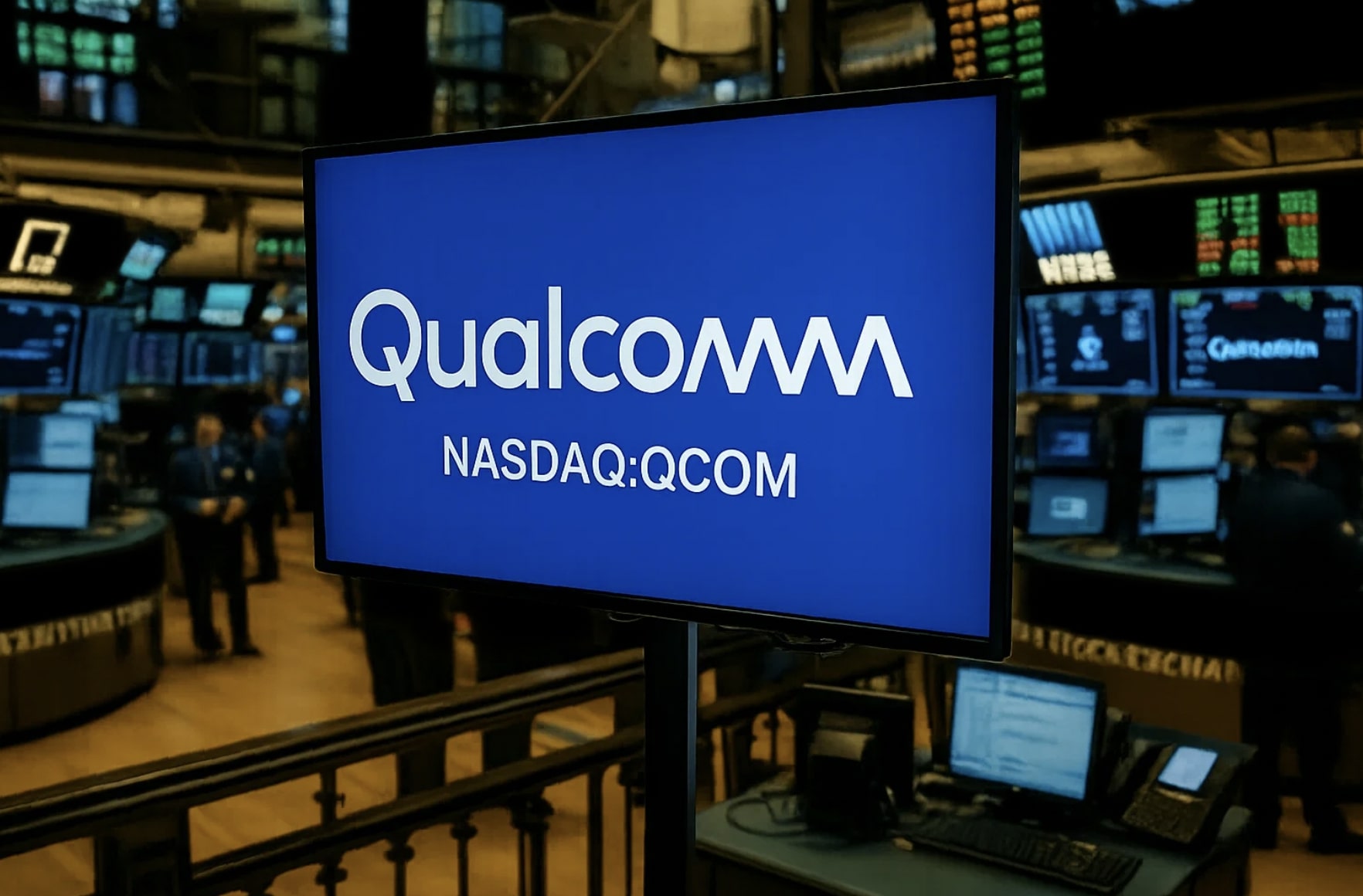In-Depth Analysis of Disney (NYSE:DIS): A Strong Buy Despite Short-Term Risks
Overview of Disney's Strong Performance and Potential Risks
Disney (NYSE:DIS) continues to be one of the most iconic companies in the world, with its vast portfolio of content, theme parks, and entertainment ventures. Despite a 5.8% pullback in its stock price recently, the company remains a significant player in the global entertainment and media landscape. The recent dip in Disney’s stock can largely be attributed to broader market conditions and short-term concerns, but the company’s underlying fundamentals, particularly in its Experiences segment, remain strong. This analysis takes a deeper dive into Disney's current performance, its major business segments, and the long-term growth prospects, highlighting the company's market positioning, financial health, and the risks ahead.
The Core of Disney’s Business: The Experiences Segment (Theme Parks and Resorts)
The Experiences segment, encompassing Disney's theme parks, resorts, cruise lines, and other related assets, represents the backbone of the company's profitability and market value. Over the past few years, Disney's focus on expanding and enhancing its theme park operations has resulted in consistent growth, even amidst external challenges such as the global pandemic. For instance, Disney’s Parks & Resorts business grew significantly from $28.09 billion in 2022 to $34.15 billion in 2024, with the first quarter of fiscal 2025 generating $9.42 billion in revenue—a 3.1% increase from the same period last year. This segment alone accounted for roughly 37.45% of the company’s total revenue in Q1 FY25.
The Experiences segment also drives the lion’s share of profits for Disney, with profit contributions between 59.43% and 69.61% of overall company profits over the past three years. In Q1 FY25, the segment generated $3.11 billion in profits, showing a modest year-over-year growth of $5 million. Although this may seem incremental, it builds on a strong profit trajectory that saw the segment's profits rise from $7.29 billion in 2022 to $9.27 billion in 2024. The theme parks remain a key asset, even as Disney's Direct-to-Consumer (DTC) segment, including Disney+ and Hulu, is seeing profitability improvements.
Theme Park Attendance and Revenue Growth: A Tale of Resilience
The growth in Disney’s theme park revenue is bolstered by both increased attendance and higher per capita spending. From 2022 through 2024, Disney’s domestic theme park revenue increased from $8.60 billion to $11.17 billion. Domestic parks saw a dramatic recovery in 2023, with attendance doubling after the pandemic. While attendance growth has slowed slightly in recent years, with a 1% increase in 2024 and a slight decline of 2% in Q1 FY25 due to weather-related disruptions, Disney remains resilient. The international parks, particularly those in markets such as Shanghai, Hong Kong, and Paris, continue to perform well with 4% growth in international attendance in Q1 FY25.
Further contributing to this growth is the rise in per capita guest spending, both at domestic and international parks. Between 2022 and 2024, per capita spending at Disney’s domestic parks grew by 19.9%, and the international parks saw an even greater increase of 56%. In Q1 FY25, per capita guest spending grew by 4% for domestic parks and 3% for international parks. The combination of higher prices for park admissions, food, beverages, and merchandise has led to significant growth in this area.
Disney’s diverse range of properties, including over 25 resort hotels, private islands, and unique vacation experiences, also continues to drive revenue growth. The firm has achieved impressively high occupancy rates for its resorts, with domestic parks averaging occupancy around 85%, significantly above the US industry average of 63.8%.
Investments and Challenges in the Experiences Segment: Growth Strategy and Market Dynamics
To ensure the continued success of its Experiences segment, Disney plans to invest $60 billion into its parks and resorts over the next 10 years. This strategic investment follows the $30 billion spent over the previous decade, with Disney aiming to further enhance the guest experience and expand its global footprint. Despite some short-term challenges, such as increased consumer price sensitivity and economic pressures on middle-income families, the long-term outlook for Disney’s theme parks remains positive. Younger generations, particularly Millennials and Gen Z, continue to favor experiences over material goods, with experiential spending rising by 65% in the US from 2019 to 2023. The company stands to benefit from this cultural shift, particularly as wealth transfers are expected to push significant financial resources to younger consumers over the next 25 years.
However, the financial burden of visiting Disney’s parks is becoming an issue for some consumers. A family of four now faces costs of at least $3,000 for a single weekend, 56% higher than in 2014. This rising cost could limit the affordability for certain demographics, especially in the near term. That said, the generational wealth transfer, coupled with a preference for unique experiences, suggests that Disney is well-positioned to capitalize on this trend, even if some short-term headwinds emerge.
Streaming Segment: Monetization Gains and Subscriber Growth
Disney’s Direct-to-Consumer (DTC) segment, which includes Disney+ and Hulu, has shown significant improvement. The streaming business has been a major focus for Disney in recent years, with consistent growth in subscribers and profitability. In Q1 FY25, Disney’s DTC segment reported $10.9 billion in revenue, a 5% year-over-year increase. Although Disney+ experienced a slight decline in subscribers (down 1%), this was partly due to price hikes introduced in August 2024. Despite the subscriber dip, Disney managed to increase average revenue per user (ARPU) due to these price increases, which significantly improved profitability.
The company reported a 31% year-over-year surge in total operating income to $5.0 billion for Q1 FY25, driven primarily by the strong performance of its DTC segment. Disney+ saw operating income of $293 million in Q1, a $431 million swing from the previous year. This marked the second consecutive quarter of significant profitability in the DTC business. Disney’s ongoing efforts to scale its streaming platforms, increase content offerings, and expand monetization strategies are expected to continue to enhance the company’s long-term growth prospects.
Valuation and Investment Outlook: A Strong Buy at Attractive Valuations
Disney’s stock currently trades at a forward price-to-earnings (P/E) ratio of 16.8x, approximately 20% cheaper than its three-year average. This valuation is notably attractive compared to its competitors, with Netflix trading at a P/E ratio of 28.4x and Roku at an extraordinarily high 142.2x. Given Disney’s progress in monetizing its subscriber base, along with the continued growth in its Experiences and DTC segments, the company offers significant upside potential for investors at current prices.
In the longer term, Disney’s ability to scale its streaming platforms and drive growth in its theme park operations positions it well for future growth. The strong fundamentals, coupled with the current undervaluation, suggest that Disney presents a compelling investment opportunity for those looking to capitalize on the company’s market-leading position in entertainment and media.
Risks and Considerations: Subscriber Growth and Competition
While Disney remains well-positioned in both the streaming and theme park industries, risks remain. The biggest concern is the potential slowdown in subscriber growth, particularly in Disney+. As the streaming market matures and competition from companies like Netflix intensifies, Disney’s ability to continue growing its subscriber base at a sustainable pace may face challenges. Additionally, higher subscription prices could impact user retention, especially as economic pressures on consumers persist.
In the park and resort segment, while Disney has enjoyed solid growth, there is a risk that increasing costs for consumers may deter spending on vacation experiences. The company’s ability to balance price hikes with guest satisfaction will be crucial in sustaining growth.
Conclusion: Is Disney a Buy?
Despite the short-term risks associated with both its streaming and theme park segments, Disney remains an attractive investment opportunity. The company’s solid fundamentals, coupled with its market-leading position in both the streaming and Experiences sectors, make it a long-term growth play. With the stock trading at an appealing valuation, Disney offers an excellent opportunity for investors to capitalize on its future growth potential. NYSE:DIS remains a strong buy for those looking to invest in a company with a diversified and resilient business model that is positioned for long-term success.
For real-time stock data on Disney, visit Trading News.

















